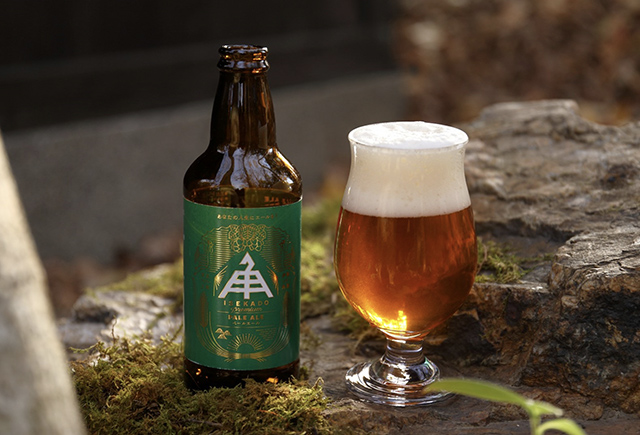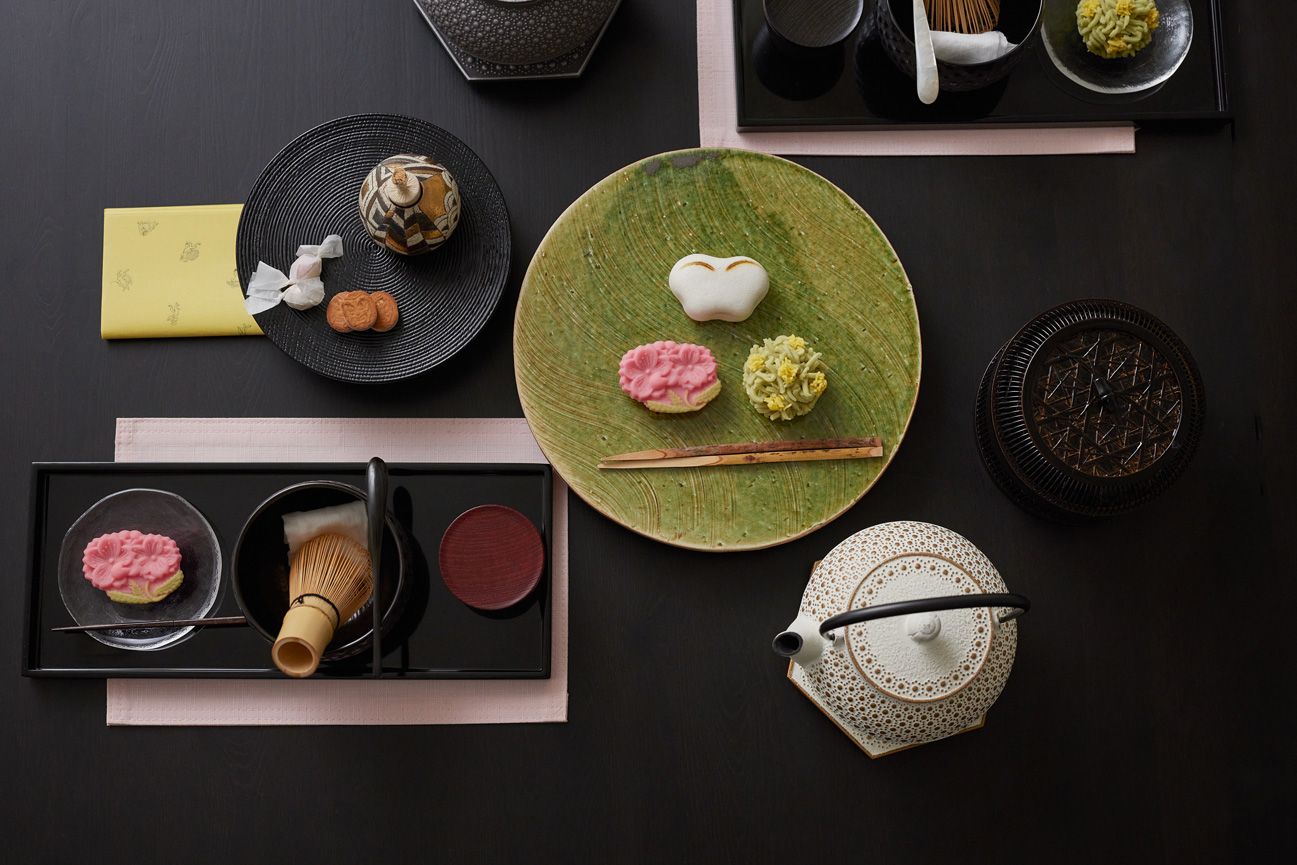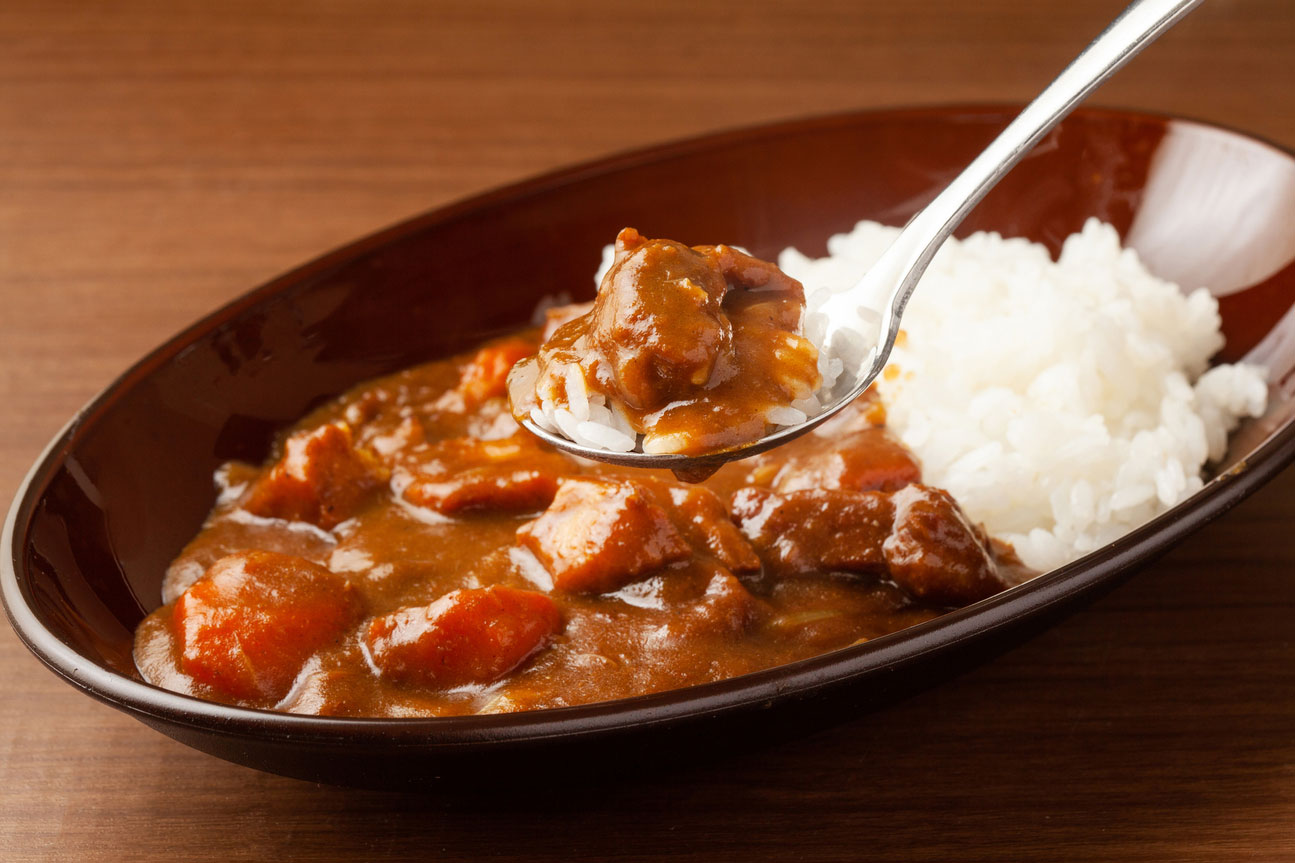
Meals on Rails: Japan’s Marvelous Ekiben Lunch Boxes
Though lunch boxes are found all over the world, the Japanese bento has garnered a great deal of attention from international foodies for its compact dimensions, attractive presentation, tasty varieties, and healthy ingredients. The lunch box is an important feature of Japanese cuisine, and its convenience has led to widespread usage: everyone from young schoolchildren and busy businesspeople to lovers of the outdoors, rely on bento for their meals away from home.
Among the many kinds of bento, ekiben are lunch boxes made especially for eating while traveling on the trains of Japan’s extensive railway network. The word comes from eki (station) combined with the first syllable of bento, and the colorful lunches are sold at kiosks and convenience stores inside railway stations all over the country.

Japan’s extensive railway network crisscrosses the nation’s main islands.
The history of the ekiben is closely tied to the development of the railway, and it is believed that local inns were asked to sell food for hungry travelers waiting at the station. The first ekiben was sold on the platform of Utsunomiya Station in 1885. It consisted of two rice balls (onigiri) with pickled plums inside, sprinkled with sesame salt, and wrapped in bamboo leaves along with two slices of pickled daikon. Since then, ekiben have developed over the years into a huge market with a huge following. According to the well-known manga artist and ekiben enthusiast YASCORN, there are now about 2,000 varieties of ekiben being sold all over Japan.

A well-known manga artist with extensive knowledge of ekiben, YASCORN has eaten over 2,200 lunch boxes.
Most of them follow the standard layout of rice with a main dish served in a compact square or circular box, with a pair of disposable chopsticks. They are prepared daily with fresh ingredients, usually for eating at room temperature, though some use an innovative process to heat the dish with steam before eating.
The great appeal of the ekiben is that they celebrate the ingredients and styles of cooking that are closely tied to the location where they are made and sold. They may consist of a particular seafood that a coastal town is renowned for, or a beef dish made from a famous local breed of cattle. Another reason for their attraction is the change of ingredients with the season. The accompanying vegetables, for example, will very likely be different in the summer and winter months, depending on the time of the harvest.

The colorful, attractive package designs of the local ekiben express their regional characteristics.
Ekiben fan YASCORN has been enamored with these lunch boxes since her encounter with a particularly delicious one on a trip to Kyushu some 15 years ago. “I was on a night train and they had no food on board,” she says. “I bought an ekiben and some sake, and looked out the window, and I was hooked. Since then, I’ve eaten over 2,200 ekiben and I’ve been to every one of Japan’s 47 prefectures.”
To get a sense of the variety of ekiben that are available, YASCORN recommends Ekibenya Matsuri, Gransta Tokyo, a specialty shop inside Tokyo Station. “They offer 150 kinds of ekiben from all over Japan,” she says. “And they sell up to 10,000 on weekends and holidays.”

Located inside Tokyo Station, Ekibenya Matsuri, Gransta Tokyo is a shop specializing in ekiben, with over 150 varieties from all over the country on sale each day.
YASCORN strongly believes, however, that the pleasures of ekiben can best be experienced where they were intended to be eaten: “Sitting comfortably in a long-distance train, watching the scenic landscape of the Japanese countryside scroll by the window while sipping on a local craft beer.” She says that Japanese craft beers have improved greatly over the past 10 years, with many small breweries developing brands and using ingredients that reflect the locality where they are made.
The railways allow ekiben and alcohol to be consumed on long-distance trains (like the Shinkansen), sightseeing trains, or in those with box seats facing forward and back. Eating and drinking is generally frowned upon in commuter trains. There are no rules, per se, but being considerate of others is a good rule to follow. If you do drink or eat, be responsible for your own garbage.
We asked YASCORN to share the extensive knowledge she’s gained on her travels around the country by introducing a few ekiben that illustrate the variety and locality available. Here is her choice of some of the country’s most representative ekiben along with her pairing of local craft beers. Most of them are available year-round.
Her choice begins with the Ezo Wappa Mix ekiben from Asahikawa Station and a craft beer from Abashiri Station, both on the northern island of Hokkaido. The former gets its name from Ezo, the old name for Hokkaido, and wappa, meaning a round food container. The bento features the best of Hokkaido’s seafood—scallops, crab flakes, salmon and salmon roe, boiled shrimp and other varieties—on a bed of vinegared rice. The unusual blue beer, Drift Ice Draft, was picked to contrast with the sturdy red container that resembles lacquerware,and is nice enough to keep as a souvenir. The beer has a light freshness that compliments the mix of seafood.

Ezo Wappa Mix ekiben

Drift Ice Draft
Next up is the Morioka Jaja-men and Beef Meal Bento from Iwate, a northern prefecture on the Pacific Ocean. This ekiben is a double feature: one side has beef on top of rice; the other is jaja-men, one of Iwate’s three famous noodle dishes. Jaja-men is a thin udon noodle that is served with a topping of minced meat in miso that is seasoned with onion, shitake mushrooms, garlic, and other ingredients. This ekiben comes with a heating element that is activated by pulling on a string, so you can enjoy the dish piping hot. “I chose this Baeren Beer Schwarz because it is quite mellow for a dark beer, yet it goes well with the miso taste of the noodles,” says YASCORN.

Morioka Jaja-men and Beef Meal Bento

Baeren Beer Schwarz
This Mito Inro Bento selection from Ibaraki Prefecture north of Tokyo features a memorable, two-tiered box design. The classic shape of the box is decorated with a three-leaf hollyhock family crest that once appeared on the inro (small case) of a revered figure of the Mito clan that once ruled this area. “Plums are often used in the local cuisine,” says YASCORN and the ekiben doesn’t disappoint on that account. The upper tier contains local dishes such as sweet green plum and plum-flavored pork, while the lower tier holds takikomi-gohan, rice and other local ingredients cooked in a pot. Local rice varieties are used for ekiben, giving a unique taste to the dishes of each location. For this pairing, she chose Hitachino nest beer Anbai Ale by Kiuchi brewing. The plum blossoms on the label and the hints of plum in the beer are in keeping with the emphasis on local ingredients.

Mito Inro Bento

Anbai Ale
Yamanashi Prefecture is well known for its vineyards and wineries, but YASCORN selected this Kagua Rouge beer, from a cleverly named brewery (Far Yeast Brewing), to go with this Highland Vegetables and Chicken Cutlet Lunchbox. This ekiben includes raw vegetables (a rare ingredient in ekiben) and somehow keeps them crispy and tasty. They go well with either salt or salad dressing, both included. Many people believe that deep-fried foods are not tasty when eaten cold, but YASCORN attests to the tender consistency and delicious flavor of the chicken cutlets. The Kagua Rouge beer is a little spicy, with hints of coriander, and has an alcohol content almost comparable to wine.

Highland Vegetables and Chicken Cutlet Lunchbox

Kagua Rouge beer
Facing the Sea of Japan, Niigata Prefecture is known for the koshihikari variety of rice, considered one of the country’s best brands. So it is fitting that Engawa Oshizushi, the ekiben chosen here, celebrates seafood and the area’s famous grain. It is made using engawa, the meat muscle from left-eyed flounder, which is very fatty and very sweet. For this dish it is marinated with sweet vinegar before being compressed over vinegared rice. “It is eaten with wasabi and shoyu, a combination of condiments that heightens the sweetness of the fat,” says YASCORN, “and it melts immediately when you put it in your mouth.” She picked a beer that is made from, you guessed it, local koshihikari rice. “It has a light aroma that goes extremely well with the fish,” she says.

Engawa Oshizushi

Koshihikari Echigo Beer
It's hard to miss the Mo-taro Bento of Mie Prefecture. Mo is the sound a cow makes in Japanese, and if that doesn’t give away the ingredients of the ekiben, then the packaging surely does. The popular Mo-taro features quality Japanese black beef stewed sukiyaki style and placed on top of koshihikari rice produced in Mie Prefecture. The plastic box comes in the shape of a cow’s head, and—for added impact (if one is needed)—a light sensor sets off a rendition of a popular folk song when the box is opened. “I chose a Hazy IPA to go with the sweetness of the sukiyaki,” says YASCORN. “It is fruity, rather than bitter, with a 6.5 percent alcohol content.”

Mo-taro Bento

Isekado Hazy IPA
Appare Chicken Baked with Lava Stones, the final ekiben, comes from Okayama Prefecture, which is located on the Inland Sea, but is also known for raising delicious chickens. Appare means “praiseworthy,” a good description for this tasty meal. The meat is from oya dori, “parent birds,” usually over five months old, whose meat is chewier as well as more flavorful than that of younger birds. “It is cooked on lava stones,” says YASCORN, “and served on top of rice cooked in chicken broth. It goes well with sake, of course, but I’ve chosen Doppo, a local Pilsner.” Pilsners, she says, goes well with a variety of dishes, and in this case, doesn’t interfere with the umami of the chicken.

Appare Chicken Baked with Lava Stones

Doppo Beer
By the time YASCORN has finished describing the various tasty ekiben, inspired ingredients and local craft beers, our stomachs are growling and our throats are much too dry. Not only has it stimulated our appetites for food and drink, but she has painted such an appealing picture of the ekiben’s pleasures that we’re envious of the many miles and meals she’s experienced on her train travels. And while the speedy Shinkansen trains are great ways to get around in a hurry, it’s tempting to just search for slow, scenic routes with local ekiben that make the travel itself as enjoyable as the destination.
RECOMMENDED JAPANESE CRAFT BEER AVAILABLE FOR PURCHASE OVERSEAS
Drift ice Drafts

To express the sea of drift ice, we use natural pigments to create a beautiful blue color that cannot be found in beer or low-malt beer. In addition, we have suppressed the bitterness and created a refreshing taste so that even people who don't like beer can drink it.
Best before date: 270 days from date of manufacture.
Baeren Beer Schwarz

SCHWARZ used to be drunk mainly in the former East Germany. It was introduced to the world after the reunification of Germany and now its popularity is on the rise. This dark beer, despite its color, has a smooth texture and its crisp finish makes it easy to drink. In 2023, this beer got awarded as the "Beer of the Year International" at Finest Beer Selection competiotion held in Germany.
It tastes very well especially with BBQ, steak, smoked food and oyster.
KIUCHI BREWING AND DISTILLING Inc.![]()

The domestic refreshing sour taste with fresh Ume (Plum) is beer of the feature. Bitterness of a moderate hop and the charm of the salt used for the accent are an exquisite balance.
「馨和 KAGUA」Rouge

Kagua is a craft beer brand, which fits and looks great in the Japanese food scene. KAGUA Rouge is rich and full bodied Belgian-style ale with Japanese original pepper, SANSHO and YUZU. It makes a wonderful pairing with traditional Japanese cuisine such as sukiyaki and broiled eel. Also its noble presence brings out the flavor of atmosphere for the scene.
KOSHIHIKARI ECHIGO BEER

Lager beer using Niigata Koshihikari rice. Crisp and refreshing with smooth finish. Goes very well with Japanese food such as sushi. The painting of the landscape of rice planting is by Katsuyuki Fujii, a sumi-e painter from Niigata. In 2018 this beer won Silver prize at New York International Beer Competition.
ISEKADO PALE ALE
ISEKADO BREWERY(Niken Chaya Mochikado Co., Ltd)![]()

This beer, an exemplary American Pale Ale, features a refreshing grapefruit-like aroma from American hops. It achieves a fine balance with a clean, rich flavor, crisp finish, and clear bitterness. The only Japanese participant secured consecutive gold awards in 2017 and 2019 at The International Brewing Awards, referred as the Oscars of the beer world.
DOPPO
Miyashita Sake Brewery Co., Ltd.![]()

Doppo is brewed in Okayama's mild climate and delicious water, using the finest German malt, hops, and beer yeast. Doppo is a bottom-fermented beer with live yeast brewed under the technical guidance of Mr. Wolfgang Reierl, a Blaumeister.






